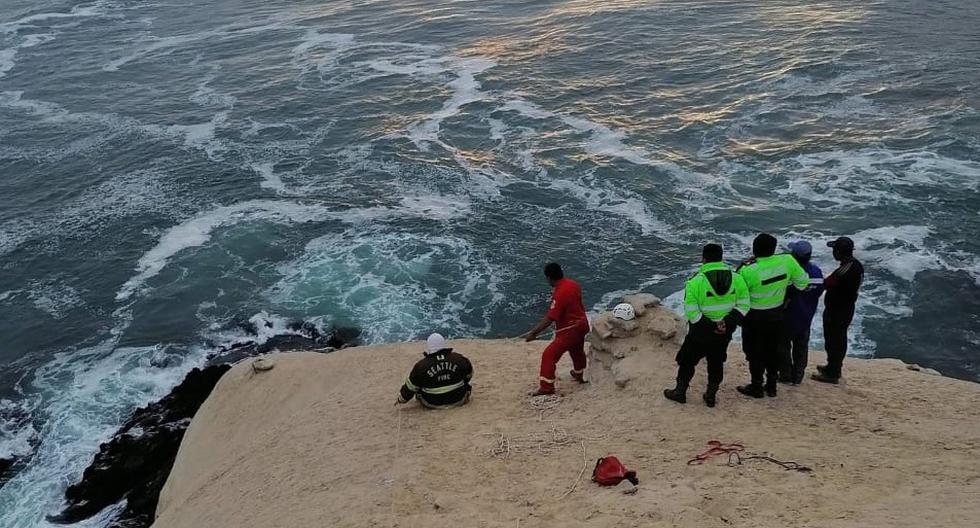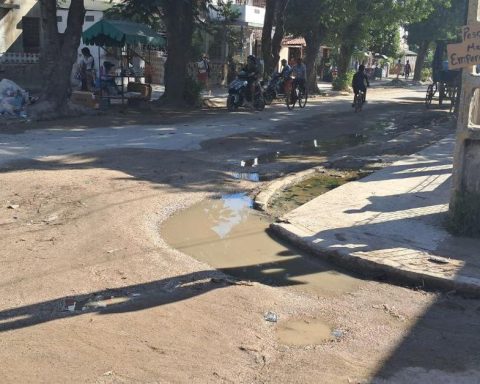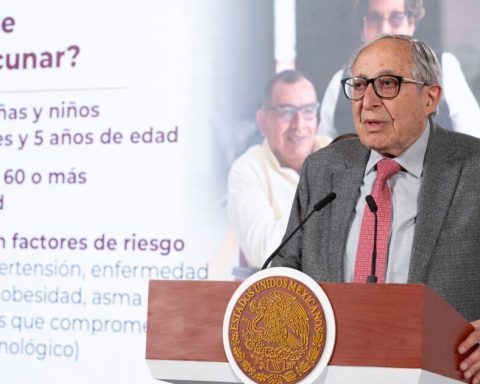The case of a young woman found this Friday in Lima after appearing missing for more than 30 hours, when she allegedly went to a hospital to give birth, has revived the debate on this type of case in Peru, where one is reported every 90 minutes.
Source: EFE
The scandal generated around this young woman, identified as Gabriela Olga Sevilla Torello, 30, has unleashed this Friday a rain of contradictory versions in a country where, in 2021 alone, more than 5,900 missing women were reported. .
Of these, 2,007 were adults and 3,897 were girls and adolescents. This is an average of 16 women per day and many never reappear.
THE FIRST VERSIONS
As explained by the relatives of Seville, the young woman left her house in the Lima district of Surco on Wednesday night alone after her waters broke to go to a clinic and give birth.
On board a transport, which is presumed to be a taxi that she took on the street, something made her suspect the driver and she sent her relatives a blurred photo, in which her face or other features that allow her to be recognized cannot be distinguished, always according to the version initially given by relatives.
From that moment on, his relatives lost his trail and stayed waiting at the hospital where he was supposed to go and never arrived.
Given these events, the Peruvian authorities launched an alert on Thursday and asked for citizen collaboration and, immediately, the photo of Seville flooded social networks and circulated through WhatsApp groups, accompanied by messages of caution and fear.
THE GOVERNMENT CONTRADICTS
This Friday, the Minister for Women, Claudia Dávila, reported on Twitter that the young woman had been found this morning, “with signs of having been beaten”, and that the search for the alleged newborn, Martina, who suspected that she had been a victim of a human trafficking network.
But, shortly after, the story took a Copernican turn when the Minister of the Interior, Willy Huerta, came out to say that the medical report determined that Sevilla was not pregnant, information that was later confirmed by the Institute of Legal Medicine of the Prosecutor’s Office.
It concluded that the young woman “does not show clinical signs of pregnancy, recent or old childbirth, although she does show recent traumatic bodily injuries.”
Even the Judiciary issued a statement through networks informing that the feigning of pregnancy or childbirth is a crime that contemplates a “prison sentence of not less than one nor more than five years.”
Minister Dávila, for her part, insisted in statements to Canal N that the Seville family “came out to say that she was pregnant and that she is being threatened.”
Along these lines, Sevilla reaffirmed to the local press that she was pregnant and that “she has records of the heartbeat” of her daughter.
“I have proof, of course I do. I want to think that since they did not finish doing the tests (after reappearing) it is because they think that a pregnancy could not occur, ”added the young woman.
MANY STILL MISSING
Beyond this vaivén of affirmations, the case of Seville, which is still under investigation, has ignited stories of women who expressed in the networks the terror of living in a country that, only in the first seven months of this year, reported 3,036 notes missing persons alert, according to data from the Ombudsman’s Office.
There were, in total, 6,788 complaints registered between January and July 2022, of which 3,203 were located, that is, 47%.
Be that as it may, as the ombudsman, Eliana Revollar, told Radio Exitosa, the case of this young woman “becomes an opportunity” to redouble efforts to stop this crime in the country.
“That this does not cloud the search that must continue to be given to people every day,” he concluded.

















